43 carbon cycle worksheet answers
and answer basic questions by observing model output. Student Outcomes Students will be able to: • Describe feedbacks within the global ... • Global Carbon Cycle Student Worksheets 1 and 2 (one per student) • Global Carbon Cycle Diagram - class copy, on an overhead or the board. 8. Pass out the Carbon Cycle Model, Carbon Cycle Game worksheet, and Carbon Cycle Game diagram to youth when completely finished the Carbon Cycle. The youth will use their beads to decode which reservoirs they represent. Also, pass out the Temperature/CO 2 Rise graph for each youth to explore as they answer their worksheets.
Carbon Cycle 1. Why is Carbon important? All living things are made up of carbon. Plants need carbon dioxide for photosynthesis. 2. What are seven places that carbon exists? In the atmosphere as carbon dioxide, 3. How does carbon enter the biotic part of the ecosystem, namely plants from the atmosphere? Carbon enters plants as carbon dioxide CO 2

Carbon cycle worksheet answers
carbon cycle: The carbon cycle can be described as the exchange of carbon between the land, the oceans, the atmosphere and the Earth's interior. fossil fuel: Fossil fuels such as coal, petroleum products and natural gas are sources of ancient biomass that were formed millions of years ago from the decay of plant and animal matter. B1 5.4 Carbon Cycle. Subject: Biology. Age range: 14-16. Resource type: Lesson (complete) 4.8. 35 reviews. Miss Yates' Science Resources. 3.995890410958905 356 reviews. Lessons and schemes of work for KS3 Science (Exploring Science) and GCSE Chemistry (AQA new spec) 14. Why should the amount of carbon in the atmosphere stay the same? 15. How is extra carbon getting into the atmosphere today? _____ 16. List 3 ways that we could reduce the extra carbon that is getting into the atmosphere. 1. 2. 3. Name _____ Carbon Cycle Worksheet In the space below, draw your own version of the carbon cycle.
Carbon cycle worksheet answers. The carbon cycle model worksheet answers Academia.edu cookies to personalize content, personalize advertising, and improve the user experience. By using our site, you consent to the collection of our information through the use of cookies. The Carbon Dioxide-Oxygen Cycle Read the following passage. Then answer the questions on the last page. The carbon dioxide-oxygen cycle is the processes that maintains Earth's natural balance of carbon dioxide and oxygen. To understand this cycle and its significance to living things, it is important to understand two An element The basis of life of earth Found in rocks, oceans, atmosphere Carbon Cycle The same carbon atoms are used repeatedly on earth. They cycle between the earth and the atmosphere. Plants Use Carbon Dioxide Plants pull carbon dioxide from the atmosphere and use it to make food -— photosynthesis. The carbon becomes part of the plant ... knowledge of the carbon cycle. Worksheets and documents may need to be modified for student use. Teacher should ensure that students are keeping track of: who visited the ... the cycle as a carbon atom. 2. Students will answer discussion questions about the game. This can be done with questions adapted as a worksheet or as a
An Environmental Puzzle: The Carbon Cycle. Direct them to read the passage carefully and complete the "What I learned" column of the KWL chart. At this point, students should be ready to work on the puzzle. The KWL worksheet can be handed in as a "ticket" for access to an envelope of puzzle pieces. Science 10 Carbon Cycle Worksheet Name:_____ Blk:____ Go to the following website to answer the questions below (there is a link from Mr. A.'s website): ... 1. Fill out all the missing information on the Carbon Cycle diagram provided. 2. Using your carbon cycle diagram answer the following questions: a. How many gigatonnes of carbon are ... The carbon cycle Interaction between all the Earth system components • Carbon reservoirs and their interactions with the atmosphere (focusing on CO 2 primarily). • Can carbon cycle -climate feedbacks improve atmospheric predictive skill? Vegetation, radiative transfer, atmospheric chemistry • Atmospheric CO 2 and CH4 analysis and forecast CARBON _ _ _____ ___ _ Cycle. which includes an underground reservoir in the form of fossil fuels. NAME THE STEP IN A BIOGEOCHEMICAL CYCLE: NITROGEN FIXATION _ _ P. rocess. in which nitrogen gas from the atmosphere is converted into . ammonia. by bacteria that live in the soil. and on the roots of plants .
Cycles Worksheet. Carbon Cycle. Go to . ... and answer the following questions. You may use other reliable internet sources, if necessary. ... Phosphorus Cycle. Label the carbon cycle below using the following terms: PLANTS, WEATHERING OF PHOSPATE FROM ROCKS, SEDIMENTATIONS (NEW ROCKS), DETRITUS SETTLING TO THE BOTTOM, DECOMPOSERS, ANIMALS ... Carbon Cycle Game Included: Game directions (pages 2-3) 6 station labels (pages 4-9) 6 game cubes (pages 10-15) Station tokens (page 16) Student lab worksheet (pages 17-18) Following that, they study an annotated representation of the full carbon cycle with reservoirs and the processes that drive carbon from one reservoir to others. Finally, students learn about the interconnectedness of the Earth system, feedback loops, and how changes in the carbon cycle lead to other changes in the system. The Carbon Cycle interactive, The Carbon Cycle interactive, The Carbon Cycle interactive . This is an interactive visualization of the Carbon Cycle, through short-term and long-term processes. Click to View. Notes from our reviewers. The CLEAN collection is hand-picked and rigorously reviewed for scientific accuracy and classroom effectiveness. ...
during the carbon cycle ___BURNING FOSSIL FUELS, CELLULAR RESPIRATION, _____ Name 2 NON-human activities by which carbon can enter the atmosphere or oceans during the carbon cycle. VOLCANIC ACTIVITY, DECOMPOSITION, DISSOLVING IN WATER Tell one way carbon leaves the atmosphere during the carbon cycle. ...
their carbon cycle as a source, sink, or release agent. Ask students why these might be important factors to identify. 7. Students can work together in groups to answer the questions on the Carbon Cycle Worksheet or complete them at home.
0 o u o u 0
Molecules containing carbon regularly flow between reservoirs as part of the carbon cycle. Carbon from a plant may flow to the atmosphere, from the atmosphere to the ocean, and from the ocean into sediments and even-tually into rocks. Some of this flow happens in seconds, for example from a plant to the atmosphere. Some takes much longer, such ...
carbon dioxide into the atmosphere when they erupt. •Emphasize that the carbon cycle, like the other biochemical cycles, helps to maintain the balance of life on Earth. Extension: Debate •Have students research and debate the effects of the global buildup of carbon dioxide in the atmos-phere. Answers to Student Worksheet 1. photosynthesis 2.
The answer depends both on how much CO 2 humans continue to release and on the future amount of carbon uptake and storage by the Earth's natural sinks and reservoirs. In short, it depends on the carbon cycle. 1. We often refer to carbon occurring in "organic" versus "inorganic" forms. This is a simple way of
Unit 2 assessment grading rubric (Acrobat (PDF) 80kB Aug18 16) 7. Summative assessment (in-class quiz): The summative assessment for this unit, which can also function as a "pre-test" or a part of a larger, whole-module exam, is a quiz covering key aspects of the carbon cycle.
The Carbon Cycle Worksheet This worksheet accompanies the presentation The Carbon Cycle.ppt 1. Fill in the gaps in the text below: Proteins, _____ and sugar all contain carbon. Life without carbon would be very different and might be impossible. Carbon is present in the atmosphere as _____.
Our Carbon Cycle Worksheet includes a diagram of the carbon cycle, along with five questions to test students' comprehension. The diagram of the carbon cycle provided illustrates the process that carbon goes through. This includes respiration, photosynthesis, combustion, death, fossil fuels, dissolving and evaporation.
Cycles worksheet Please answer the following using the words in the text box. Carbon Cycle 1. Plants use CO 2 in the process of _____ to make _____ and oxygen. 2. Animals use oxygen in the process of _____ and make more CO 2. 3. The _____ is the main regulator of CO 2 in the atmosphere because CO 2 dissolves easily in it. 4.
components of the carbon cycle. Independent Activities: Students will work in pairs completing the carbon cycle. Assessment: Student's ability to work in teams as well as use the materials provided to understan d the different parts of the carbon cycle. Follow-up This short lesson plan provides students with a preliminary
Carbon Cycle Page 1 The Carbon Cycle Overview of the Carbon Cycle The movement of carbon from one area to another is the basis for the carbon cycle. Carbon is important for all life on Earth. All living things are made up of carbon. Carbon is produced by both natural and human-made (anthropogenic) sources.
14. Why should the amount of carbon in the atmosphere stay the same? 15. How is extra carbon getting into the atmosphere today? _____ 16. List 3 ways that we could reduce the extra carbon that is getting into the atmosphere. 1. 2. 3. Name _____ Carbon Cycle Worksheet In the space below, draw your own version of the carbon cycle.
B1 5.4 Carbon Cycle. Subject: Biology. Age range: 14-16. Resource type: Lesson (complete) 4.8. 35 reviews. Miss Yates' Science Resources. 3.995890410958905 356 reviews. Lessons and schemes of work for KS3 Science (Exploring Science) and GCSE Chemistry (AQA new spec)
carbon cycle: The carbon cycle can be described as the exchange of carbon between the land, the oceans, the atmosphere and the Earth's interior. fossil fuel: Fossil fuels such as coal, petroleum products and natural gas are sources of ancient biomass that were formed millions of years ago from the decay of plant and animal matter.
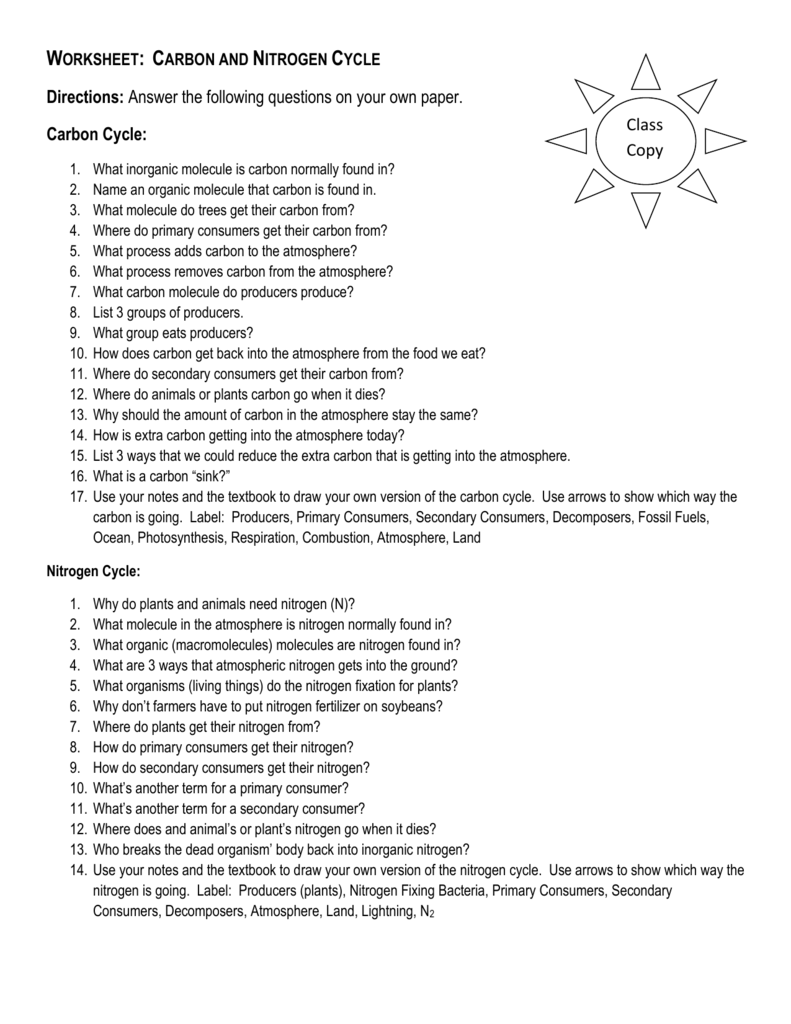
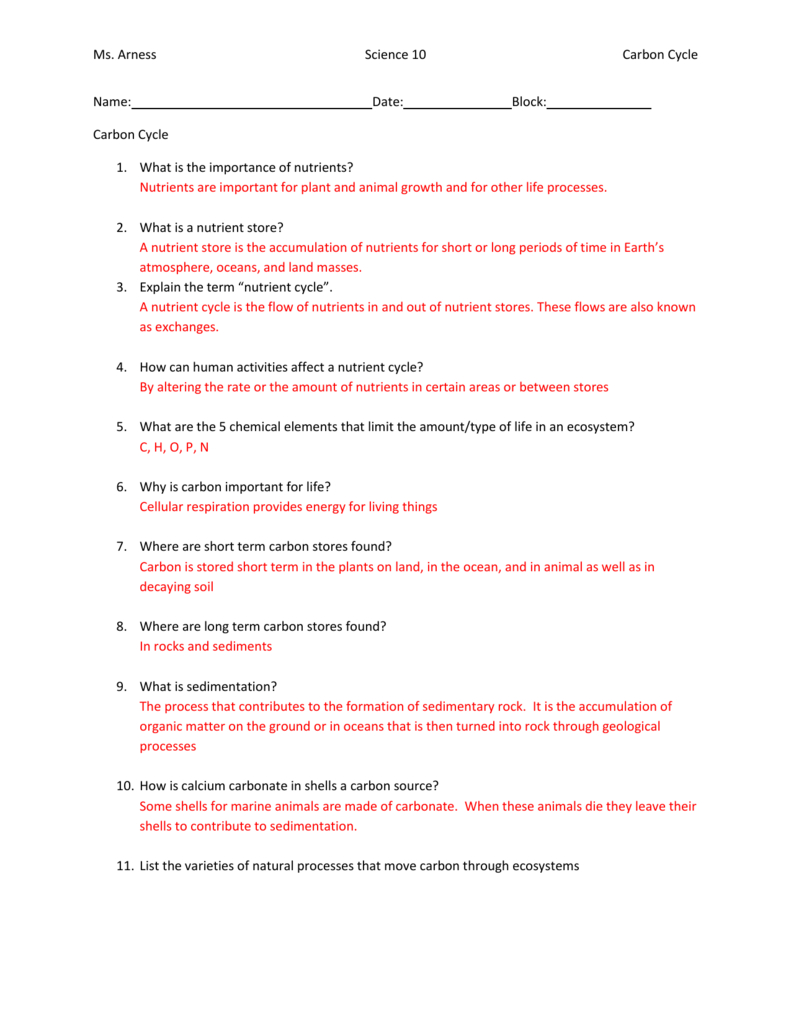








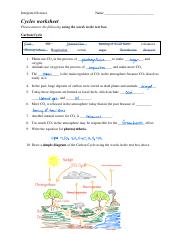

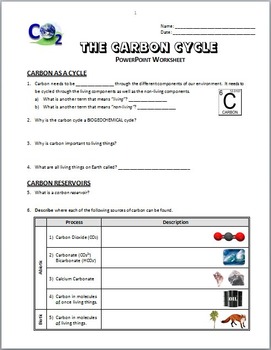

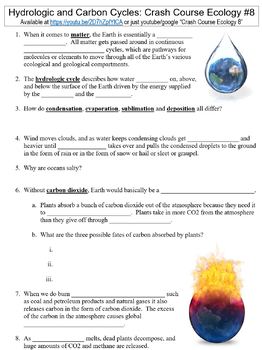



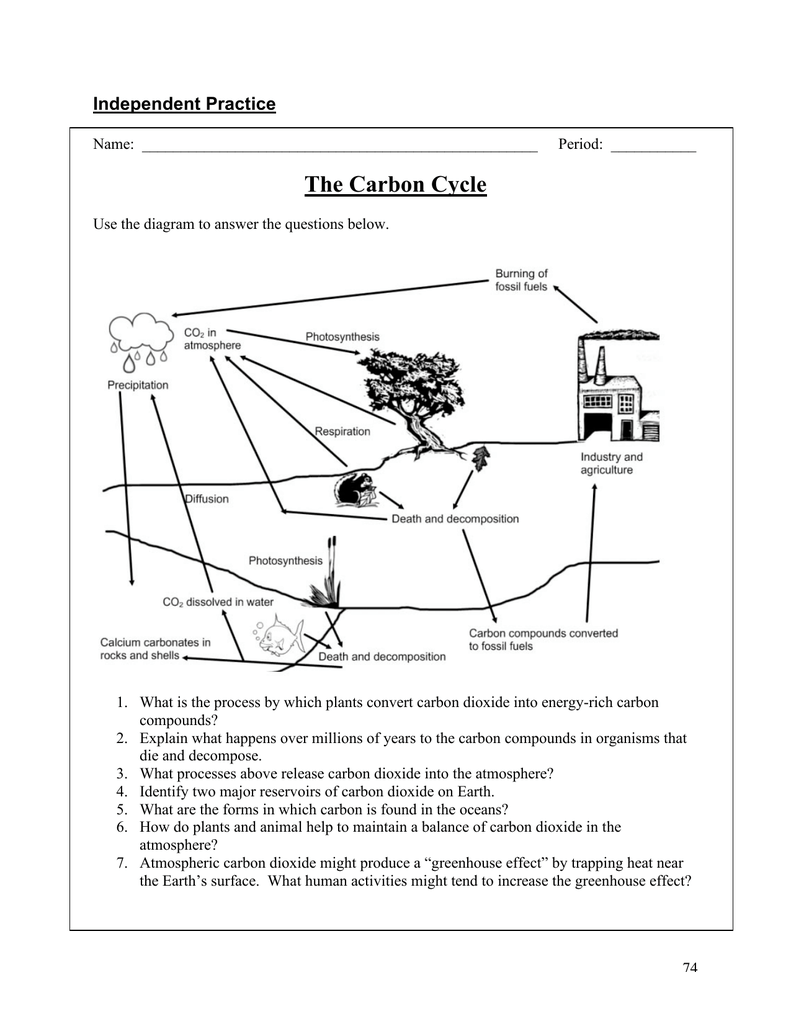

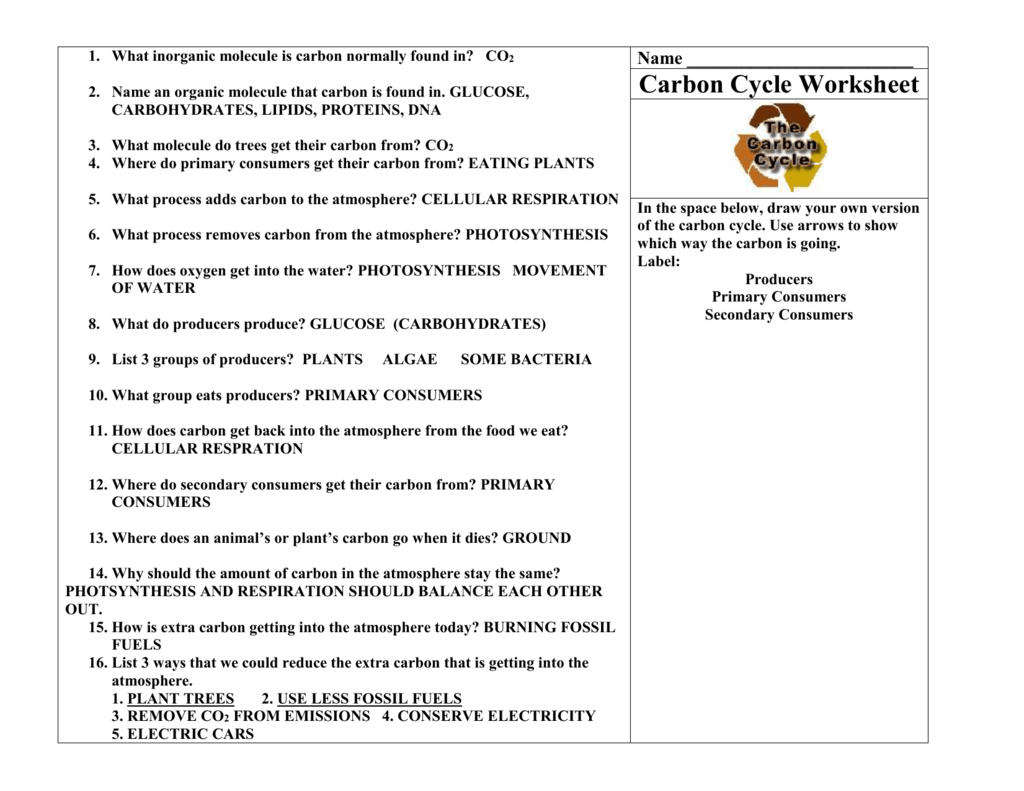

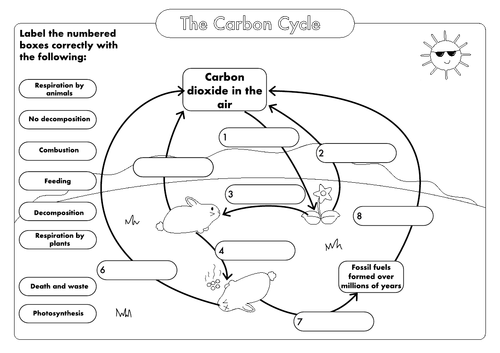



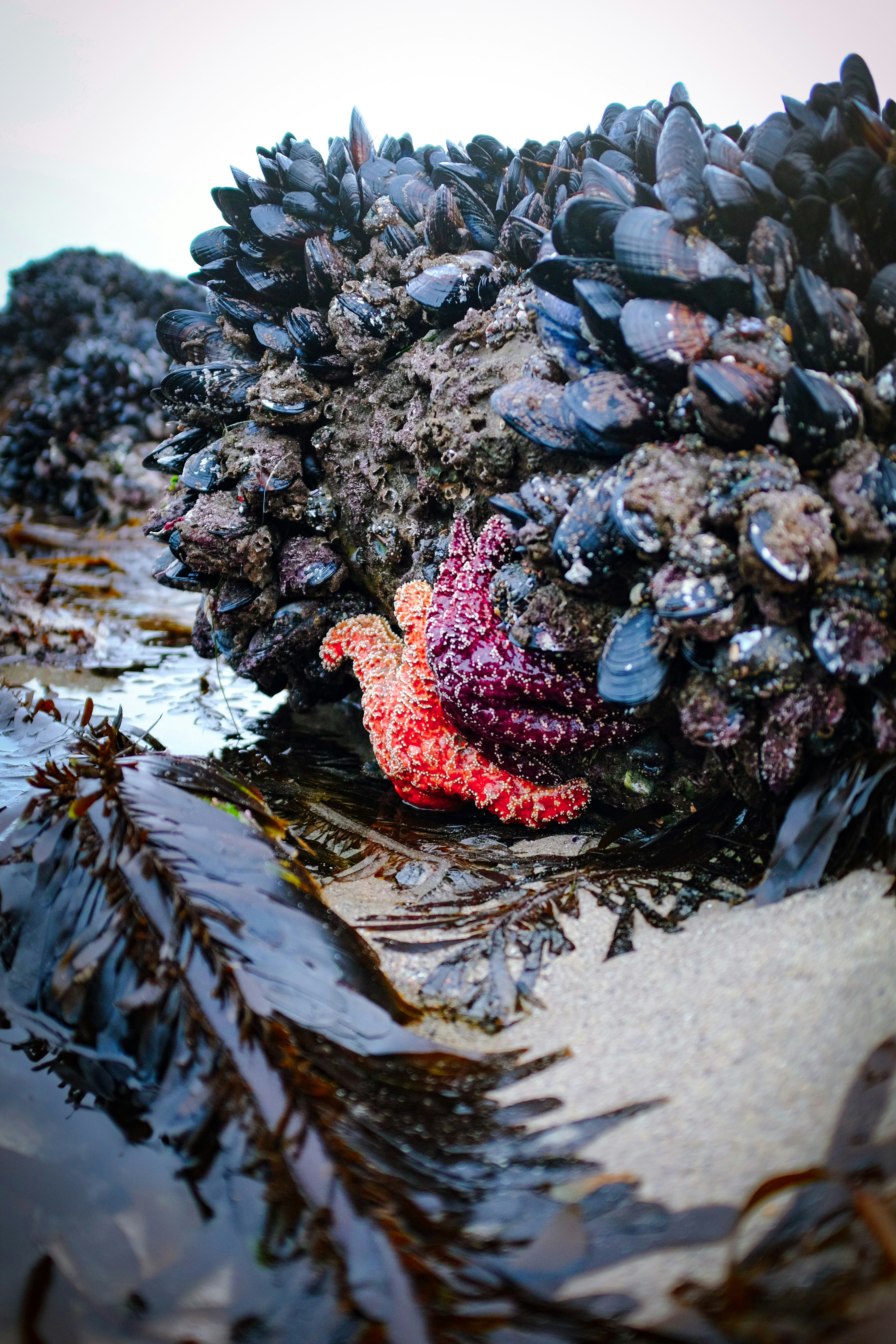


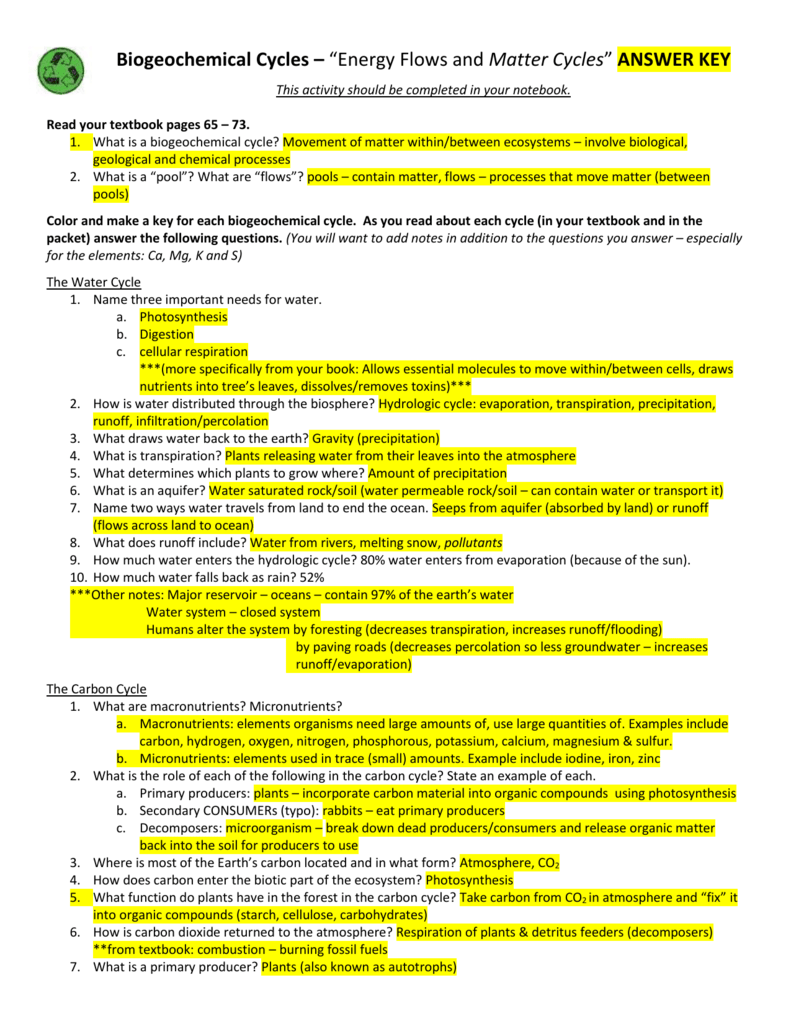


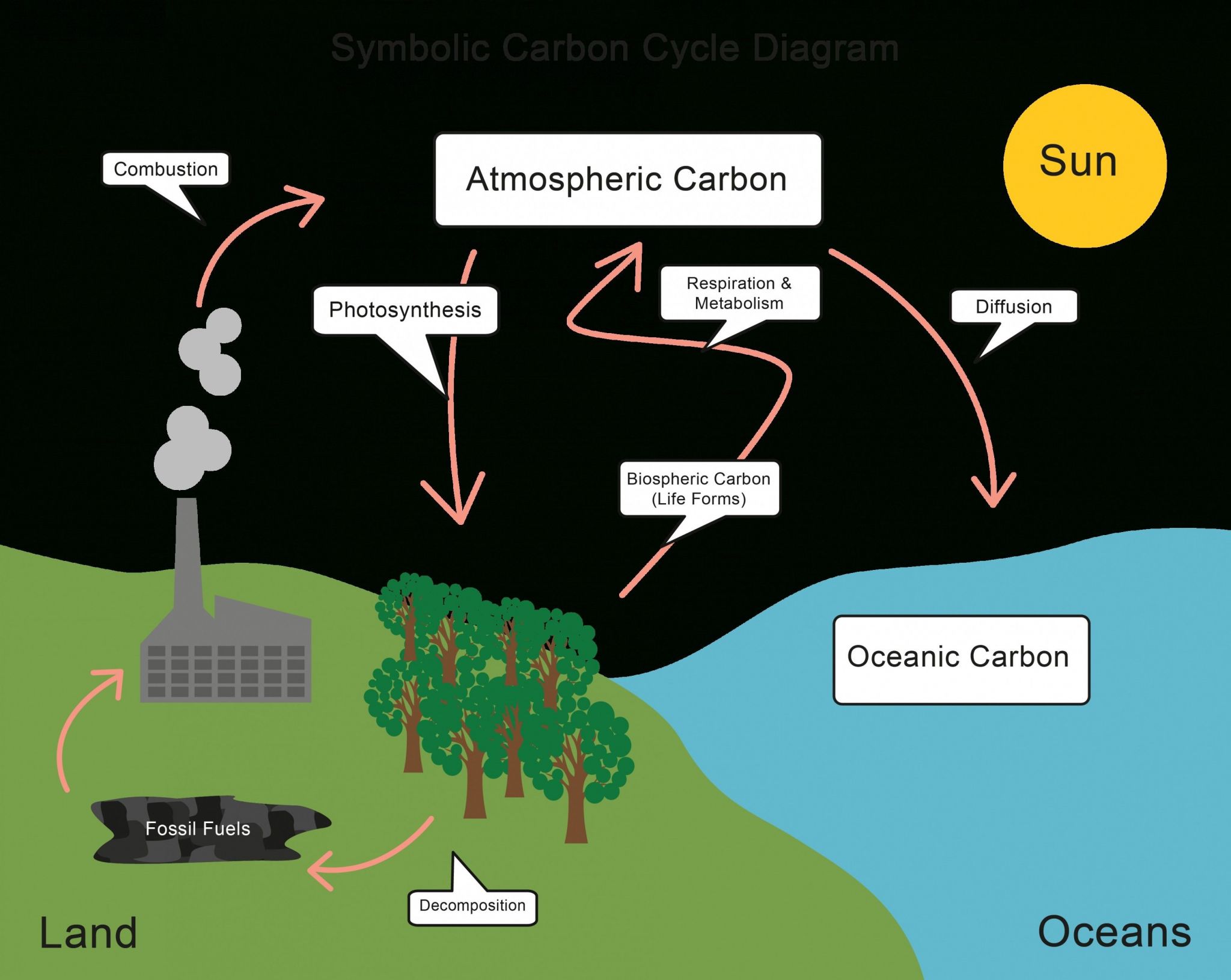
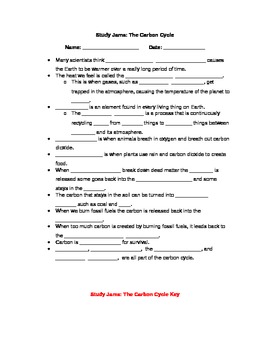





0 Response to "43 carbon cycle worksheet answers"
Post a Comment